In this series of Rumaniacs reviews (R-149 to R-154) we’ve been looking at a set of Bacardi rums from the 1970s to the 1990s that were all part of a small collection I picked up, spanning three decades and made in Mexico and Puerto Rico – they display something of what rums from that bygone era was like, and in this final review I’ll sum up what few observations that can be made.
Preamble – The Select is a successor to the venerable “Black” or “Black Label” or “Premium Black.” Some of these labels were retired in the 1990s, although it would appear that some continued to be made concurrently for a while, and labelled as such in separate markets (a new version of the Black was reintroduced in 2014 in the UK, for example, similar to the one I reviewed back in 2010). The Select was aged for around four years and also made in charred barrels like the Dark editions then were, and the Cuatro is now; and while a search around the online shops shows it remains sporadically available (Rum Ratings has recent commentaries on it), it has definitely been discontinued and folded into the Carta Negra rebrand. The exact date is a little tricky – the last reviews and commentary online about it seem to all date from purchases made pre-2010, and if neither the Rum Howler or I have it in our early reviews then it’s a fair bet that by the turn of the first decade, the Select was dead and gone.
Strength – 40%
Colour – Dark Gold
Label Notes – Produced by Bacardi Corp. San Juan, Puerto Rico
Nose – Honey, caramel, coffee, chocolate, toffee, nuts, a reasonable helping of dried fruits. Raisins, prunes, dates. Licorice and some woodsy notes, quite nice. Could hold its own in today’s world and one can see the iterations of the Black come together into something slightly newer, and incrementally better.
Palate – Also quite good compared to others. Coats the mouth nicely with brine, caramel, coffee, mocha, nougat and some almonds. Bitter chocolate, smoke, leather and honey. One thing I liked about it was that vague sense of the plastic and leather and vinyl of a cheap mid range new car owned by Leisure Suit Larry. It’s not entirely successful but does add a little character, which too many Bacardis don’t have at all.
Finish – Short, warm and breathy. Mostly brown sugar and caramel with the slightest nudge of lemon zest.
Thoughts – One wonders if giving it a score of 80 (which it deserves) is damning it with faint praise. but after so many of these Bacardis I really gotta ask, is too much to hope for something more? The rum is well done and it’s the best of the lot, but really, I was left wanting a larger helping of the potential this suggested it had, but never delivered.
For that, I think I have to go either further back, or into the modern era.
(80/100) ⭐⭐⭐
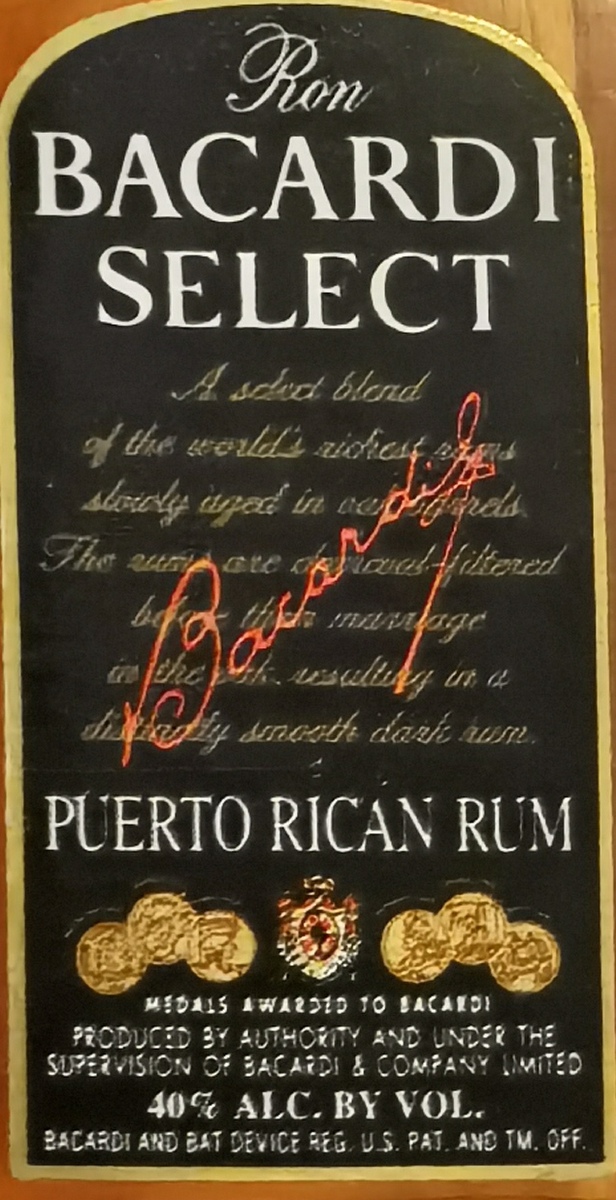 Opinion – Summing Up Six Bacardis
Opinion – Summing Up Six Bacardis
Bacardi has always hewed to the middle of the low end road and focused on their core competency of making their various blends, until recently when they started putting out rums with real age statements; the Ocho and Diez are quite capable near-sipping rum experiences, for example. Even the 16YO is beginning to expand the range of the Bat’s capabilities into the high end, though few reviewers have anything good to say about the brand as a whole, or much to say about the company’s rums at all (which I think is a mistake).
These six early rums (and some others I’ve looked at over the years) make it clear why Bacardi has the reputation it does — or lacks one. Unlike most major companies, whose rums from forty or fifty years ago were distinct, unique and often fascinating essays in the craft, and which gradually moved towards a more approachable middle, with Bacardi the opposite seems to be the case. Their earlier rums from the 1970s to early 2000s were mostly uninspiring, flat, mild, not-that-tasty mixing agents which barely moved the needle in a cocktail’s taste (often they were adjuncts to the fruit and mixes) and certainly never induced as much as a quiver in people’s minds as sipping rums. They were made that way and they stayed that way
And that was the (mildly) aged rums – the white rums were worse. Compared to today’s robust and muscular white unaged Blutos from anywhere on the planet, Bacardi’s whites, never mind their title of “Superior” were and are picking up footprints, and considered mostly filtered anonymous crap, closer to vodkas then real rums. Few have anything good to say about them, and almost no writer I know of has ever bothered to run them through the wringer.
The characteristics these six rums demonstrate, then, are not new phenomena but have been so for a long time. “You got to go back a lot further than the 1970s to find a decent Bacardi, “ remarked Richard Seale when he read one of these mini retrospectives. I have taken his implied advice and started sourcing the oldest Bacardis I can find from pre-1970s era sales, so one day – hopefully not too far from now – I can provide another retrospective of six more from even further back, to either prove or disprove the assertion.
But that’s going into the past. As I noted above, as the years moved on — and as the retrospectives’ incrementally improving scores suggested — the mainstream Bacardi rums actually started getting better. The Select was quite nice, I thought, and today’s Carta Negra, aged editions, and even the Facundo and Single Cane series, show a company that is slowly, incrementally, even reluctantly, branching out into profiles that are more interesting, and into areas others have colonised but which perhaps may now profitably be copied. We may be living through an era which future writers will see as the renaissance of the house’s reputation for real quality, not because they’re the only ones making any (as they were back in the day), but because they really have improved…however marginally.
Supplementary Reading
I consulted some books regarding Bacardi’s background to prepare for this addendum, as well as search for bottling and labelling history (mostly without success). There’s no shortage of the history, but not a whole lot about labelling or branding – and company websites are almost universally silent about this kind of thing. Matt Pietrek’s recently published book Modern Caribbean Rum — which will surely go down as one of the most useful and indispensable rum reference works of our time — helped a little, and I enjoyed the historical works of Bacardi and the Long Fight for Cuba (Tom Gjelten) and The Rise of Bacardi: From Cuban Rum to a Global Empire (Jorge Del Rosal)…that said, not much on the evolution of their blends and brands and labels.
Dr. Sneermouth’s dismissal aside, Google image searches did help, as did that great Czech site Peter’s Rum labels. Older reviewers from Ago, whose names and sites few now recall, also fleshed out some plot points of the short series: The Pirate King wrote an undated but surely pre-2008 review of the Select; and so did El Machete, in 2007, when he penned a very unfavourable opinion on it. The Fat Rum Pirate wrote a small piece on the Bacardi Black in 2014, as did I back in 2010. It’s from reading and dating such reviews that some information can be gleaned, but even here, there are limits…which of course is why the Rumaniacs exists to begin with.
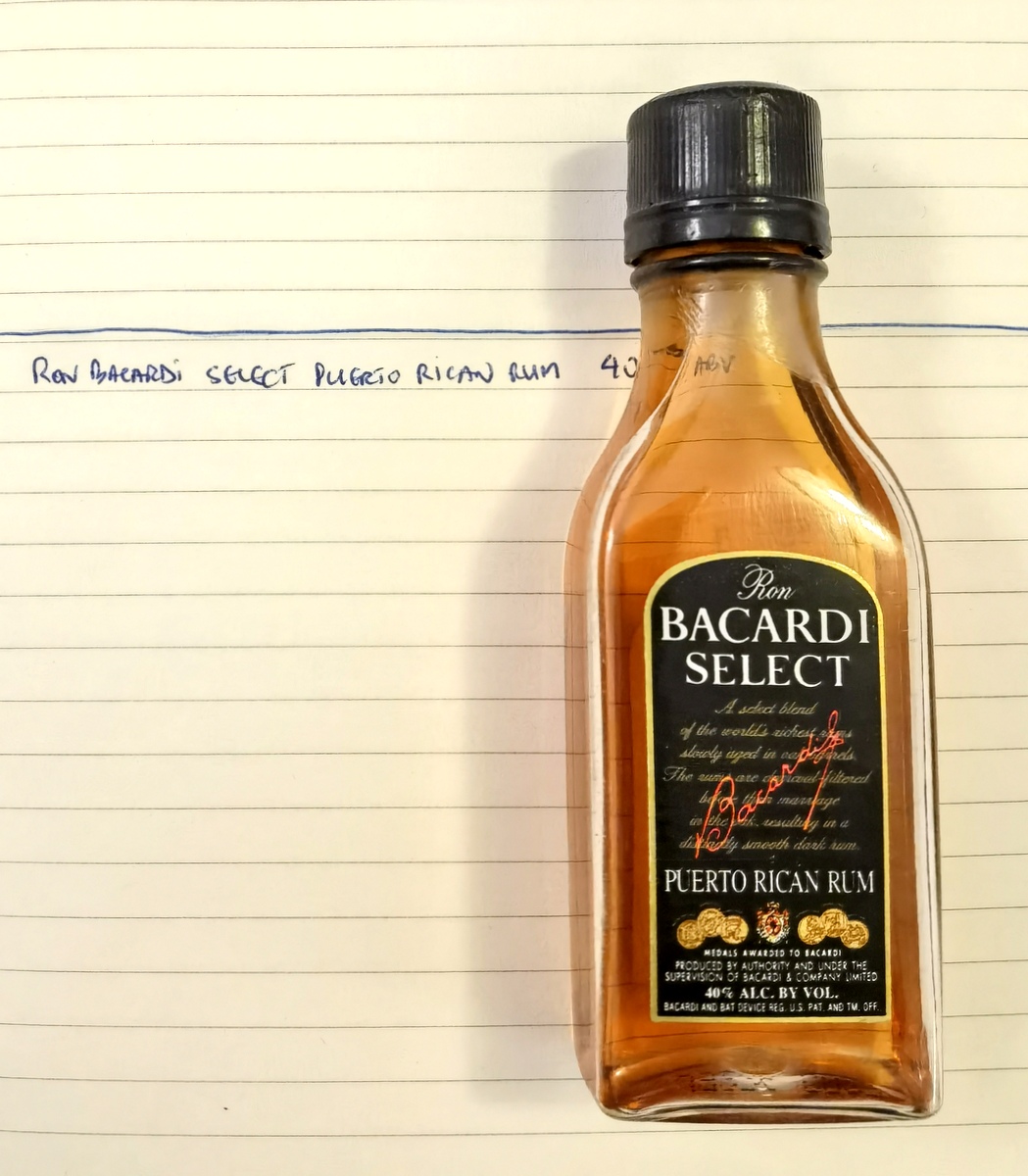
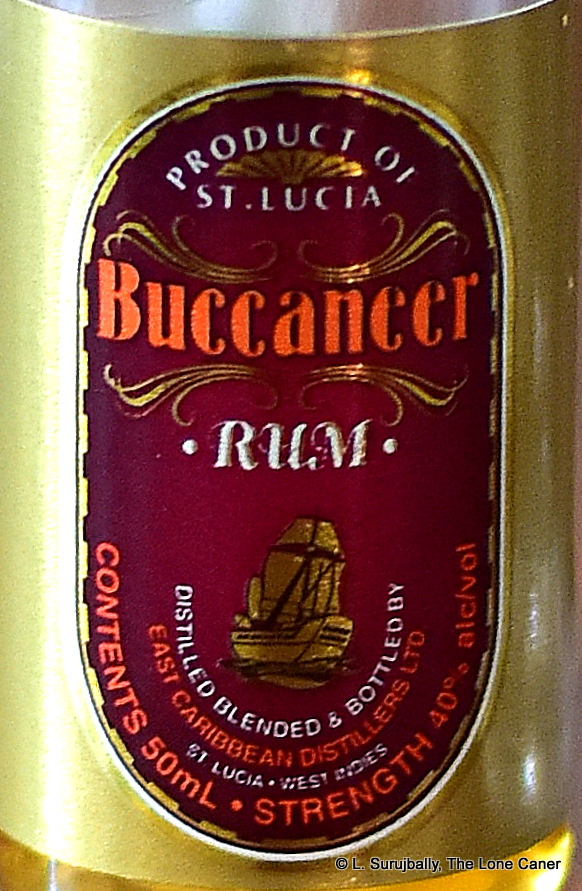
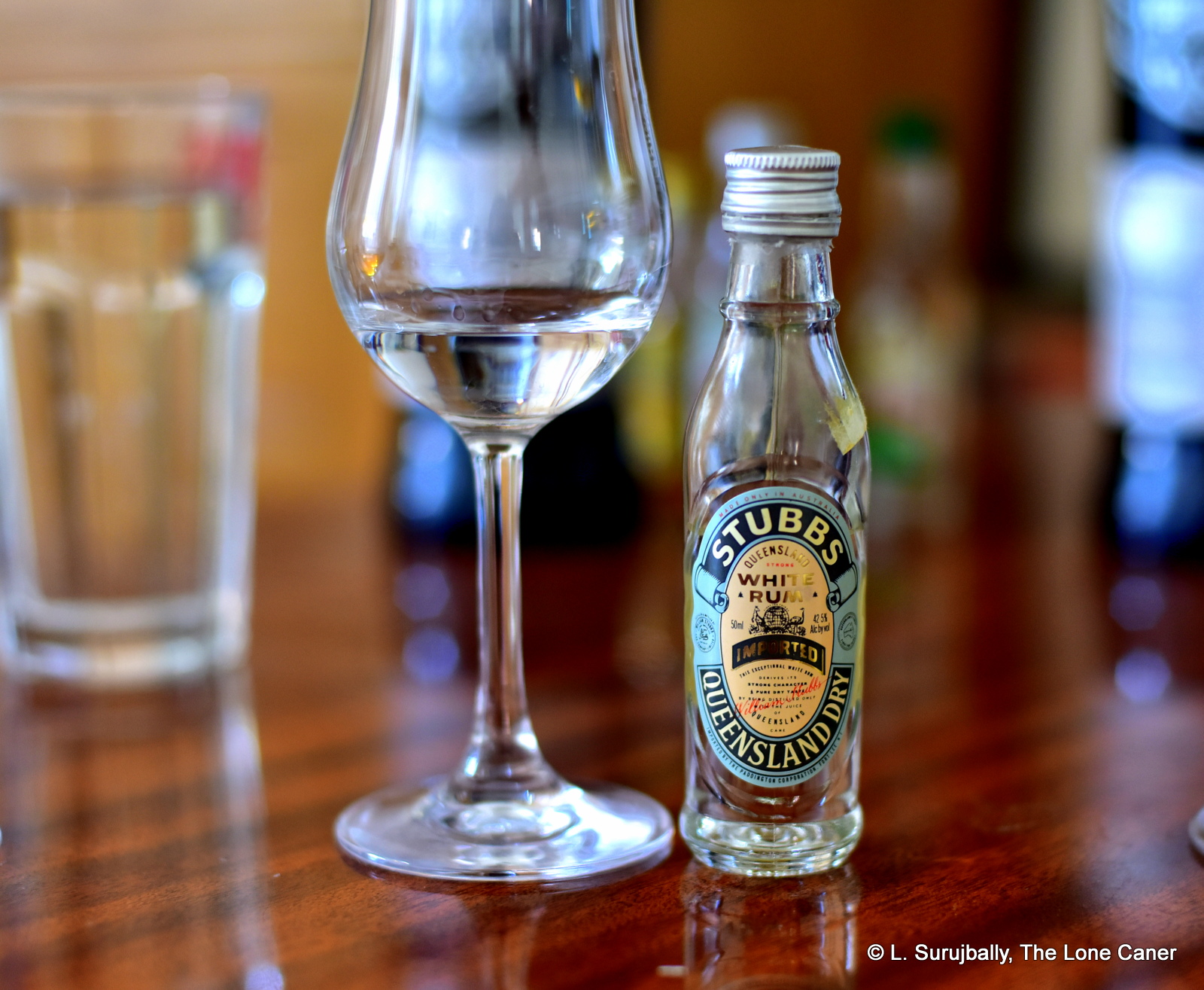
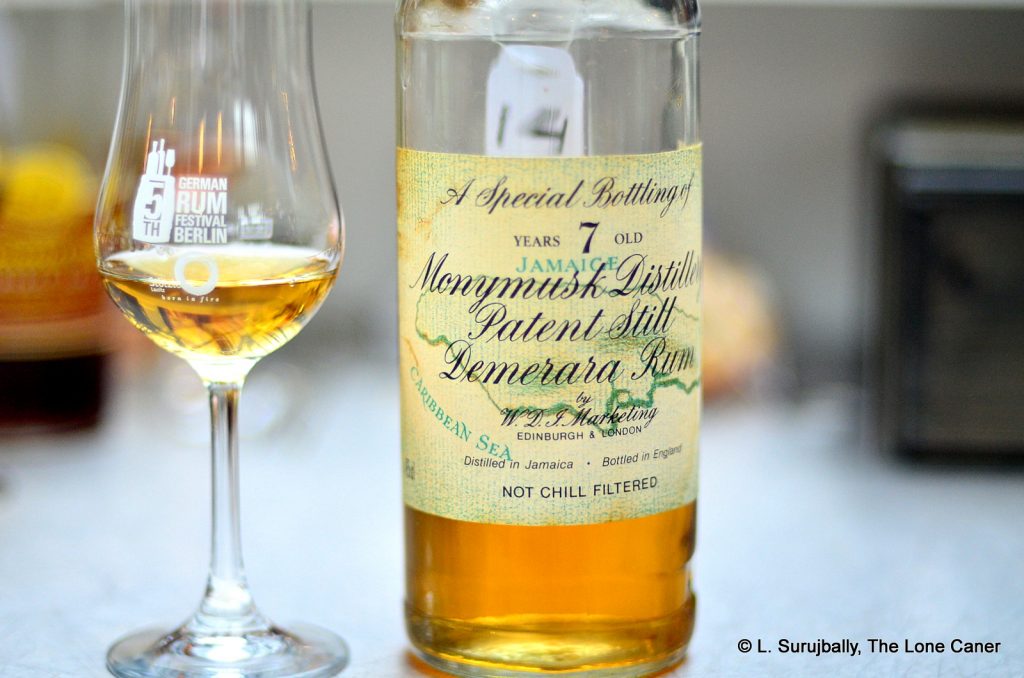
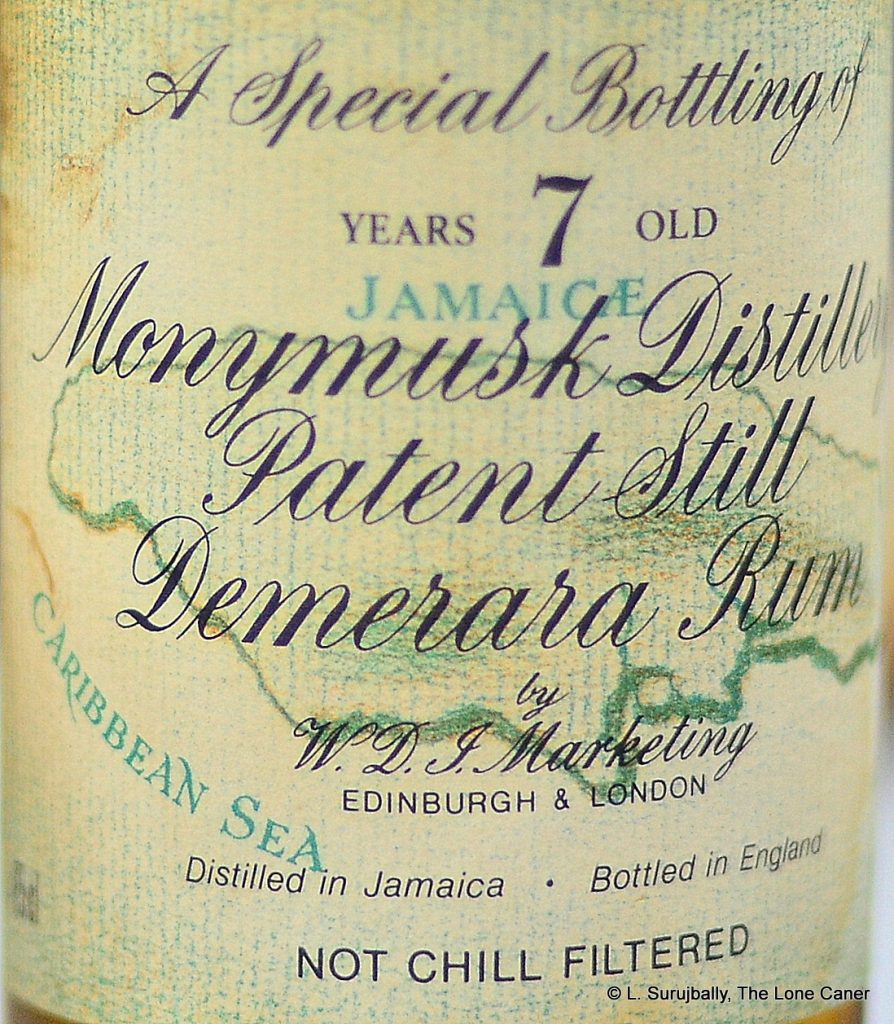 Nose – Yeah, no way this is from Mudland. The funk is all-encompassing. Overripe fruit, citrus, rotten oranges, some faint rubber, bananas that are blackened with age and ready to be thrown out. That’s what seven years gets you. Still, it’s not bad. Leave it and come back, and you’ll find additional scents of berries, pistachio ice cream and a faint hint of flowers.
Nose – Yeah, no way this is from Mudland. The funk is all-encompassing. Overripe fruit, citrus, rotten oranges, some faint rubber, bananas that are blackened with age and ready to be thrown out. That’s what seven years gets you. Still, it’s not bad. Leave it and come back, and you’ll find additional scents of berries, pistachio ice cream and a faint hint of flowers.